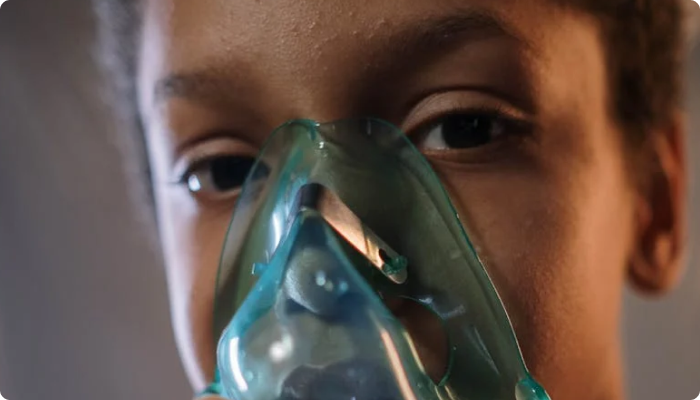Author's details
- Hakim A Abubakre
- BA (Hons) International Business Management, Msc Digital Marketing.
Reviewer's details
- Dr Afolayan Folake Moriliat
- (MBBS, MSc Tropical Pediatrics, FMCPaed)
- Consultant paediatrician at Kwara State Teaching Hospital, Ilorin, Nigeria.

- Date Published: 2025-05-12
- Date Updated: 2025-05-12
Asthma in Childhood
Asthma in childhood is a chronic respiratory condition that affects millions of children worldwide. It is characterized by inflammation and narrowing of the airways, leading to symptoms such as wheezing, shortness of breath, chest tightness, and coughing. Childhood asthma can be triggered by allergens, respiratory infections, environmental pollutants, and physical activity. Genetic factors also play a significant role in its development. Early diagnosis and proper management, including the use of inhalers and preventive medications, can help control symptoms and improve the quality of life for affected children. Understanding asthma triggers and implementing lifestyle modifications can significantly reduce the frequency and severity of asthma attacks in children.
Childhood asthma can be triggered by allergens, respiratory infections, environmental pollutants, and physical activity. Genetic factors also play a significant role in its development.
Early diagnosis and proper management, including the use of inhalers and preventive medications, can help control symptoms and improve the quality of life for affected children. Understanding asthma triggers and implementing lifestyle modifications can significantly reduce the frequency and severity of asthma attacks in children.
Childhood asthma remains a significant public health concern, affecting a large number of children worldwide. While it cannot be completely cured, effective management strategies can allow children to lead normal, active lives. Awareness, early intervention, and adherence to prescribed treatment plans are critical in minimizing the impact of asthma on children’s daily activities and long-term health. Governments and healthcare systems should focus on providing better diagnostic tools, affordable treatment options, and public education campaigns to support affected children and their families. Ongoing research and advancements in medical technology offer hope for improved treatments and, potentially, long-term solutions for asthma management.
Global Initiative for Asthma. (2021). “Global Strategy for Asthma Management and Prevention.” Retrieved from https://ginasthma.org
Martinez, F. D. (2016). “Early-life origins of chronic obstructive pulmonary disease.” New England Journal of Medicine, 375(9), 871-878.
